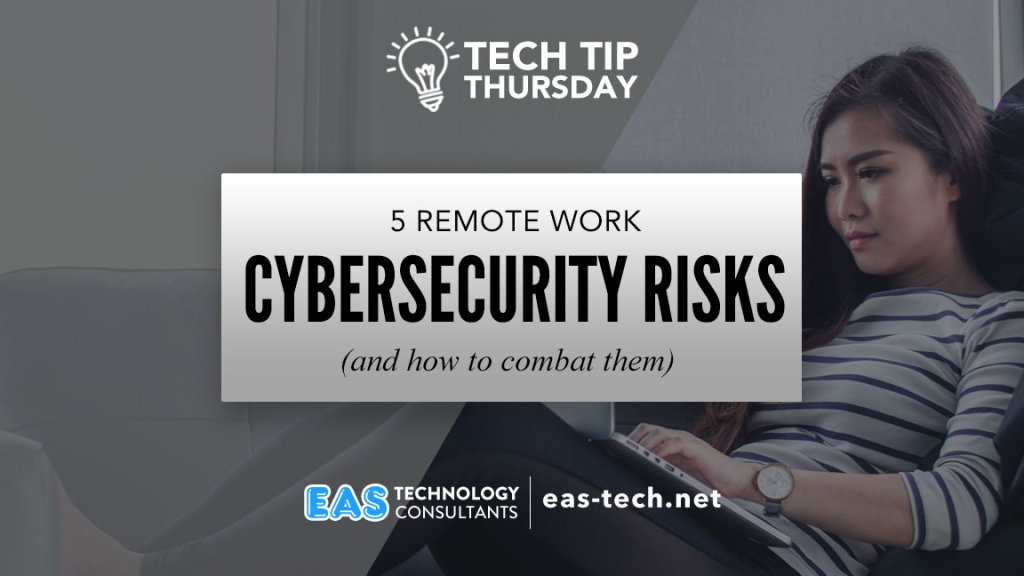
As the world becomes increasingly digitized, remote work has emerged as a popular and necessary mode of operation for many businesses. However, this transition brings with it several cybersecurity risks that must be addressed to ensure data integrity and protect sensitive information. Here, we discuss the top five cybersecurity risks associated with remote work, along with strategies to mitigate them.
- Phishing Attacks: Phishing attacks have seen a significant surge since the onset of remote work. Employees receive deceptive emails that appear to be from legitimate sources but are designed to trick them into sharing sensitive data. To combat phishing, organizations can deploy strong spam filters, educate employees about recognizing potential phishing attempts, and implement two-factor authentication for added security.
- Weak Passwords: Weak and reused passwords make it easy for cybercriminals to gain unauthorized access to systems. Enforcing a strong password policy is critical. Employees should be encouraged to use complex passwords and change them periodically. Additionally, using a password manager can help in securely storing and managing passwords.
- Unsecured Wi-Fi Networks: Remote work often implies working from locations with unsecured Wi-Fi networks, making data more vulnerable to interception. Employers should promote the use of Virtual Private Networks (VPNs), which encrypt data and provide secure access to the organization’s network.
- Inadequate Endpoint Security: With devices spread across different locations, maintaining endpoint security is a challenge. Ensuring that all employee devices have up-to-date antivirus software, firewalls, and other security measures is vital. Regular audits and automated updates can further improve endpoint security.
- Insufficient Backup and Recovery Plans: A robust backup strategy is essential to prevent data loss in case of a security breach. Automating backups and testing the recovery process periodically ensures data can be restored effectively if necessary.
In conclusion, remote work comes with its share of cybersecurity risks. However, with proactive measures such as employee education, robust password policies, secure networks, effective endpoint management, and comprehensive backup plans, organizations can mitigate these risks and create a secure remote work environment. It’s all about striking the right balance between flexibility and security.
